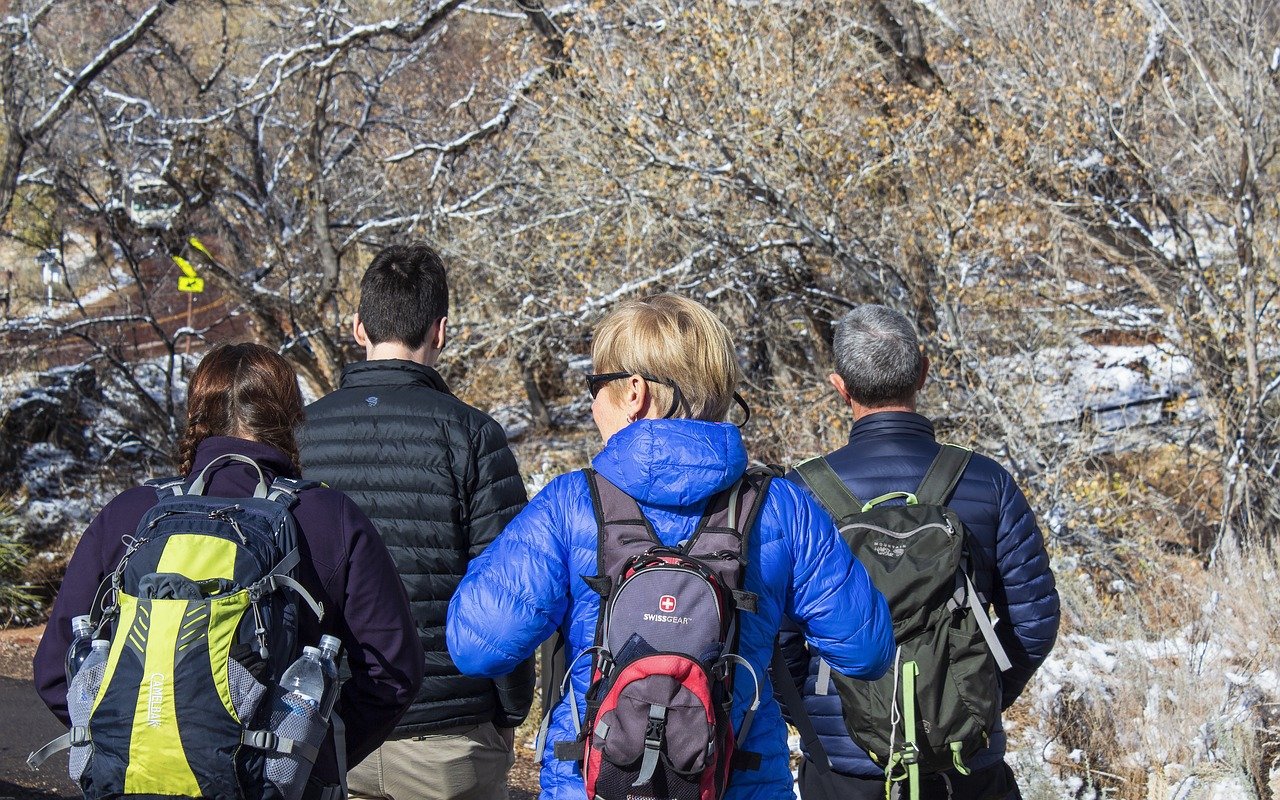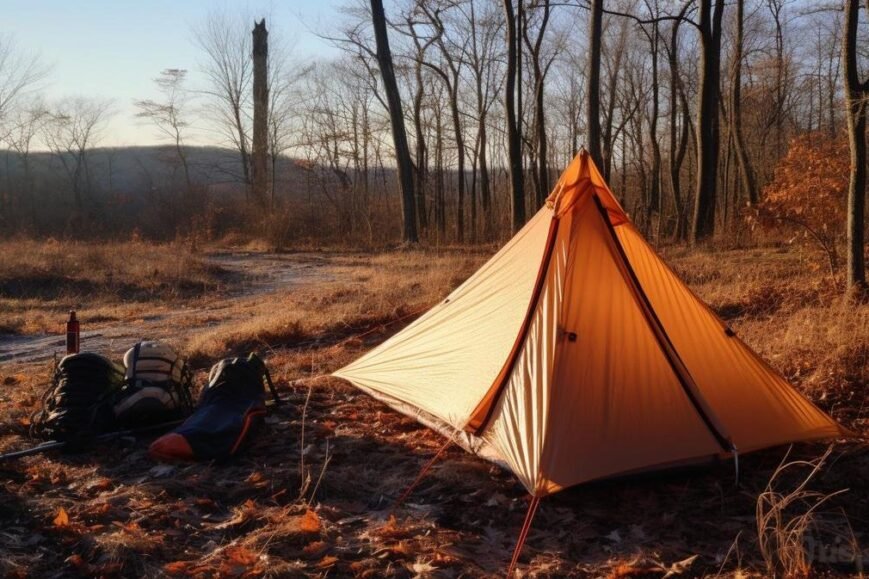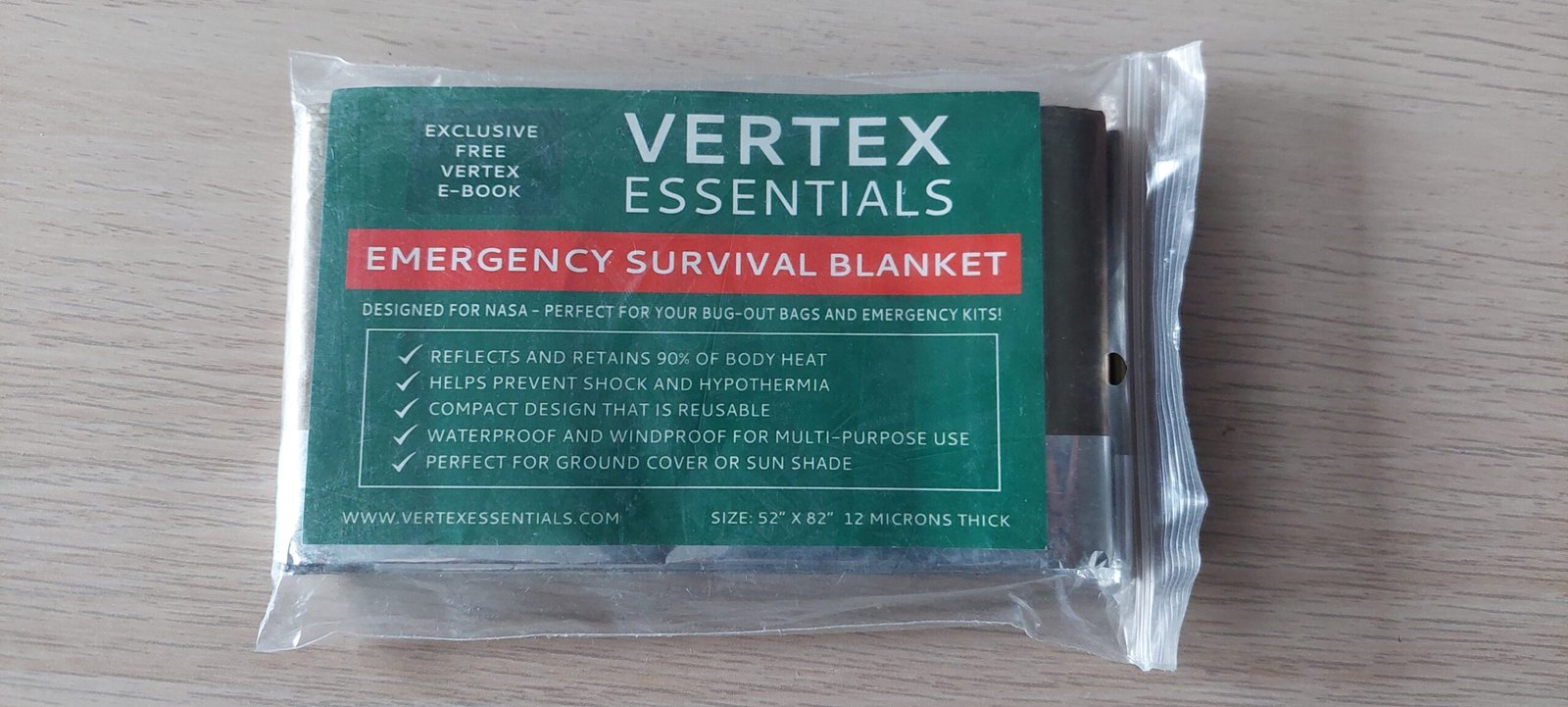- Hiking backpacks with water bladders allow for hands-free drinking, carrying more water, and staying hydrated with frequent sips.
- They can be added to any backpack, though specifically designed packs offer better stability and weight distribution.
- Choose a hydration pack based on fit, capacity, durability, ease of cleaning, and convenience in using the water bladder system.
- Maintenance is critical for longevity and safety; clean and dry the bladder regularly and check for wear.
- Specialized hydration backpacks exist for running, biking, and long hikes, each optimized for a specific activity.
- Find the best deals and selection for hydration packs online for variety and pricing, or at local stores for expert advice and fitting.
- Compare options, read user reviews, and consider expert recommendations for quality and performance.
Imagine hiking with sips of water whenever you want, no stopping, no fumbling with bottles. That’s the simple magic of a hiking backpack with a water bladder. Stay hydrated hands-free, carry more water easily, and keep moving with comfort. Whether you’re a man, woman, or anywhere in between, this smart hydration move can change your hike. Dive into the wonders of bladders over bottles, and let’s find the perfect backpack that quenches your thirst for adventure!
What Are the Benefits of Using a Hiking Backpack with a Water Bladder?
Are water bladders good for hiking? Yes, they are.
Water bladders let you drink hands-free while you walk. This means you don’t have to stop and search for your water bottle. Just bite and sip from the hose. A hydration pack holds more water than a bottle. This is great for long hikes. You won’t need to refill as much.
Best hiking backpack with water bladder? It fits well and is comfy.
A good fit is key, so it won’t shift while you move. Women’s, men’s, and unisex packs are all different. So, make sure you find one that’s right for your body.
Women’s hiking backpack with water bladder? It’s designed for a woman’s shape.
Women’s packs often have shorter back lengths and straps shaped for curves. This means a better fit, making hikes comfier.
Trail hydration systems help you drink more water. It’s easier to sip often with the hose close by. With a bottle, you might wait until you’re thirsty. But with a bladder, you can sip a bit all day. This keeps you well-hydrated and full of energy on the trail.
Daypacks with hydration sleeves are handy. They’re great for short hikes or everyday use. Not all packs have space for a water bladder, but these do.
A hiking backpack with a water bladder is a game-changer. It lets you drink without using your hands. You can carry more water, and it’s easy to use. This all helps you to drink more and stay hydrated.

How Do Water Bladders Compare to Traditional Water Bottles?
Can you put a water bladder in any backpack? Yes, but it might need some tweaks. Some backpacks have a special spot for a water pouch. Others don’t, but you can add one with a bit of work. You want it snug and secure so it won’t move around as you walk.
Water bladders tip the scales in favor of light travel, unlike bulky bottles. They slip into your pack, leaving more room. Water bladders are much easier to carry than different water bottles that can be heavy. And the weight distribution is different on your back with a bladder.
When you need to fill up, bladders stand out again. In the wild, filling a bladder can be simpler than screwing a cap on and off. Streams and lakes are no problem. You just dunk, fill, and seal. No juggling bottles or losing caps. And when you’re on the go, drinking through a hose is so much easier than fumbling with a bottle.
Now let’s talk taste and safety. Bladders have come a long way. They’re often free from bad chemicals that can make water taste weird. They’re made from safe stuff that keeps your water tasting like water should.
If you have a trusty old pack, you might wonder if you can slap a bladder in there. It’s possible! It might not be perfect, but you can make it work. You can secure the bladder inside, route the hose for easy access, and hit the trail.
Compact hydration backpacks, bladder backpacks for hikes, and hiking water pouch options are out there. They beat the old bottles on weight, ease of sipping, and how little space they take. This makes them champs for thirsty hikers who love to keep moving.
What Should You Look for When Choosing a Hiking Backpack with a Water Bladder?
When picking a water backpack, look for capacity and fit first. Is it big enough for your stuff? Will it sit right on your back? Yes, these should be your first checks. The Camelbak mountain pack is a great example. It has a design that lets you pack lots of items. And it makes sure the weight spreads out well. This matters a lot for a good hike.
Then check how tough it is and what it’s made of. It needs to last and handle whatever your hike throws at it. Now, the Osprey hydration technology is known for its strong materials. This can take on rough use and still hold up.
Don’t forget about the bladder. Can you reach it easily? Is it a pain to clean? You need to think about this. The best packs let you drink with no hands. They also make filling and cleaning simple. Packs like Camelbak and Osprey have these features. They save you time and hassle.
So, when choosing, think about:
- The size and how it deals with weight.
- If it feels good on you.
- If it will last long and keep your things safe.
- How you will use the water bladder.
Make these your main checks. Happy trails with your new hydration buddy!

How Can You Maintain Your Hydration System for Longevity and Safety?
Water can stay in a backpack bladder for a few days. Yet, you should not leave water in a bladder for more than two days. After each use, clean your bladder. This keeps it safe and makes it last longer. Use warm water and mild soap to clean the system. Don’t forget to scrub the inside well. Use a long brush that can reach every part inside. Make sure you rinse it well to remove all soap.
Dry the bladder completely before you store it. This helps prevent mold and bad smells. Hang it up with the cap off so air can flow inside. For the tube, blow air through it to clear out all the water. Storing the bladder in your freezer can also stop mold growth.
Check your hydration system often, especially the mouthpiece and hose. Look for wear or damage. Replace parts as needed to keep your bladder in good shape. Remember to keep it clean and dry when you’re not using it. This will help your water system last for years. Take care of your gear, and it will take care of you on your adventures!
Are There Specialized Hydration Backpacks for Different Outdoor Activities?
Yes, there are specialized hydration backpacks for different activities such as running, biking, and long hikes. These packs come with features that suit each sport. Runners use special running hydration solutions. They have light, snug-fitting designs. These let them drink with ease while on the move. Bikers use biking essentials with a water pack. These packs offer stability during rough rides.
Ultra-lightweight trekking rucksacks suit long trails. They have just enough space for a water bladder and key items. This makes them ideal for treks where every ounce counts. All these packs adjust for weather and land changes, using materials that can withstand various conditions.
Are hydration backpacks worth it, you ask? Absolutely! For each outdoor sport, there’s gear that fits well, keeps up with your pace, and helps you drink water easily. Specialized hydration gear for runners fits close to the body. This lets them focus on their stride without a backpack bouncing around. Cycling hydration strategies and packs focus on aerodynamics and ease of access so cyclists can drink without slowing down.
Your pack material must handle the demands of the sport and changes in weather. For instance, harsh sun or rain calls for durable, water-resistant materials. The right backpack won’t just carry water—it enhances the outdoor experience for each activity.

Where Can You Find the Best Deals and Selection for Hydration Backpacks?
Are you questing for hydration backpacks but don’t know where to start? Let’s dive in! Start by checking online marketplaces and local outdoor stores to find the best hydration backpack deals. Shopping in these places often gives you a wide selection to pick from. But hang on, should you go digital or local?
Online stores beat local shops in variety and often, price. For instance, if you’re researching hydration packs on Amazon, you’ll find countless options at your fingertips. Look out for sales, especially during outdoor seasons or holiday events. That’s when you score sweet deals for less cash!
Local stores are gems for those who need to try before they buy. Staff at these shops know their stuff and can help you pick the right fit. Plus, when you need gear in a hurry, local is your best bet.
Want the wisest choice? Compare options and check user reviews. People who’ve tackled trails with their packs tell it like it is! They’ll catch you up on the pros and cons fast.
Expert recommendations add to that user feedback. They put packs to the test and highlight the best. Use this info to make a smart pick for your next adventure. Remember, a good deal isn’t just about price. It’s about quality and how well the pack quenches your thirst on the trail.
So there you have it, trail buddies. Research online, visit local stores, and don’t skip the reviews or expert tips! Your perfect hydration pack awaits.
Conclusion
We’ve looked at how a backpack with a water bladder beats old-school bottles. Hands-free sipping and carrying more water make hikes better. Whether you’re a man or woman, there’s a perfect fit. We’ve seen how to pick, use, and clean your pack. We also compared specialty packs for running or biking. Want the best deal? Check out both online shops and local stores. Drink up and hike on!
![]()






































